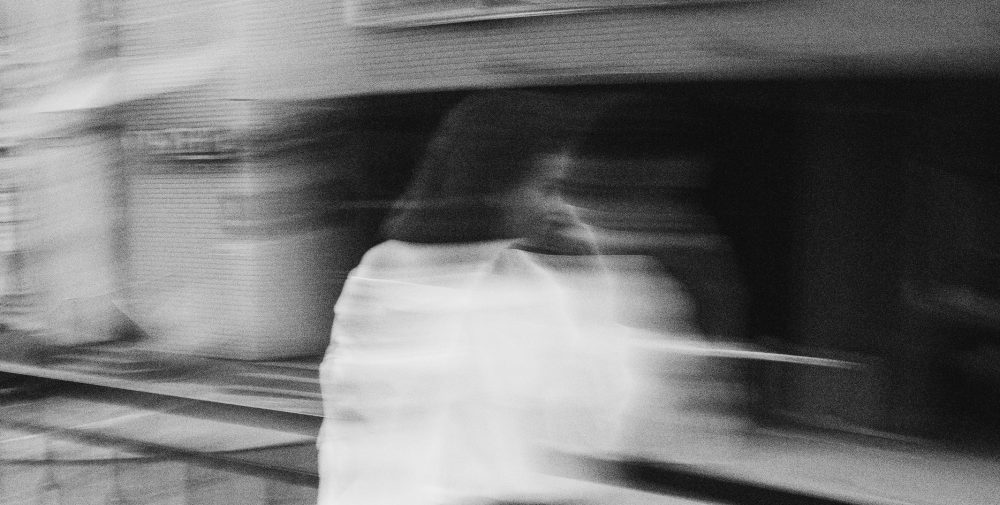 Rabia Aftab is a Salaried GP and palliative care lead at the Riverside Surgery, North Lincolnshire.
Rabia Aftab is a Salaried GP and palliative care lead at the Riverside Surgery, North Lincolnshire.
Iqualified as a general practitioner (GP) at the outset of Covid-19 in April 2020 and landed in an environment where telephone consultations had become the new norm. This had followed the national direction by NHS England (NHSE) that had recommended a ‘total triage’ model for primary care.1 The thought of consulting a patient over the phone was scary particularly as a newly qualified inexperienced GP. The main anxiety was not being able to examine the patient and therefore risky decision-making. AccuRx came to our rescue which is an IT tool/ programme that allows audited confidential video calls with patients. This, still, did not allow objective measurements of vital signs like oxygen saturation or heart rate.
The talk of the town, then, was surrounded around conducting safe remote consultations and assessment of symptoms like breathlessness over the phone. I used the British Medical Journal (BMJ) guidance2 and started to feel ‘not alone’ in this crisis of lack of face-to-face encounters.
“I just want to be heard, doctor.”
Although we, as a practice, had never stopped seeing patients face-to-face, the majority of our consultations were conducted over the phone if clinically appropriate. With time, over months, my remote consulting experience has grown, use of video consultations via AccuRx has become a norm and I have started becoming familiar with the calm corridors and waiting areas of our practice. I am more risk-averse and my telephone consultations are sometimes longer as I am exploring symptoms, concerns and expectations and trying to fill ‘that’ gap that a face-to-face encounter would naturally cover. Yet I feel comfortable with telephone consultations and have become accustomed to robust safety netting over the phone.
The recent announcement by NHSE to return to offering patients face-to-face appointments without needing prior telephone or online triage has meant a surge in the number of face-to-face encounters in recent few weeks.4 Seeing patients in practice, burdened with multiple problems waiting for over a year, within ten minutes seems like an impossible, overwhelming and challenging task. Seeing patients for problems like skin rashes, that can mostly be managed over the phone with using photos, also seems like waste of a face-to-face appointment.
The role of a GP is not merely clinical management, but committing to a person-centred approach.
The role of a GP is not merely clinical management, but committing to a person-centred approach. This involves listening attentively, exploring ideas, concerns and expectations and shared management that continues and maintains doctor- patient relationship.5 The Covid-19 pandemic can be partly blamed for losing that ‘real’ touch with our patients. As I face patients and their problems face-to-face, I am re-training myself to become the GP I was supposed to become.
References
1. NHSE (2020). Updates and guidance for general practice. Available at:
https://www.england.nhs.uk/coronavirus/publication/preparedness-letters-for-general-practice/ (accessed 2nd June 2021)
2. Greenhalgh, T (2020). Covid-19: a remote assessment in primary care. British Medical Journal. 368: m1182. DOI: https://doi.org/10.1136/bmj.m1182 (accessed 2nd June 2021)
3. Aftab, R (2020). Coronavirus (COVID-19). InnovAit RCGP. DOI: https://doi.org/10.1177/1755738020938394 (accessed 2nd June 2021)
4. NHSE (2021). Letter on SOP to support restoration of general practice services. Available at: https://www.england.nhs.uk/coronavirus/wp-content/uploads/sites/52/2020/03/B0497-GP-access-letter-May-2021-FINAL.pdf (accessed 2nd June 2021)
5. RCGP curriculum (2021). Being a general practitioner. (accessed 2nd June 2021)
Featured photo by Roma Kaiuk on Unsplash






